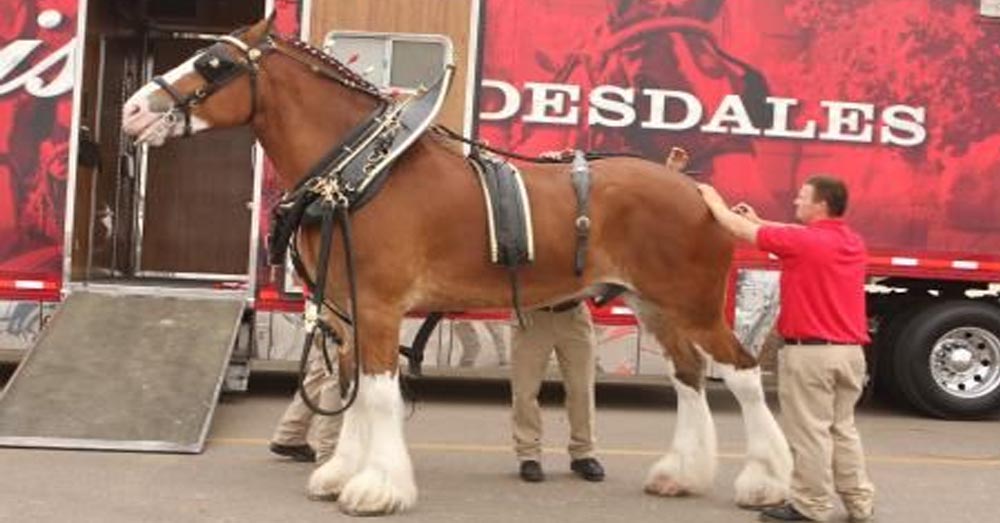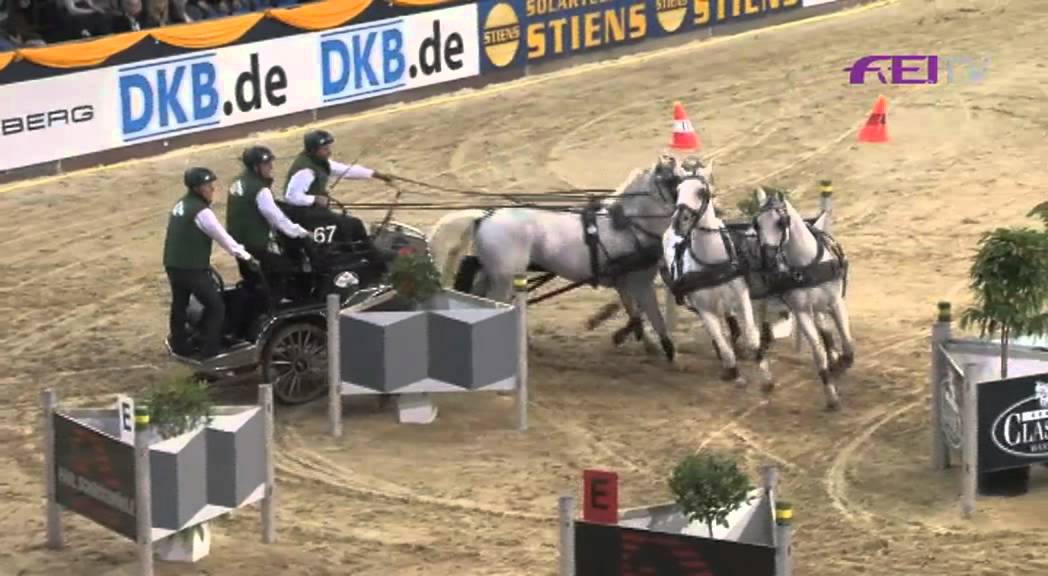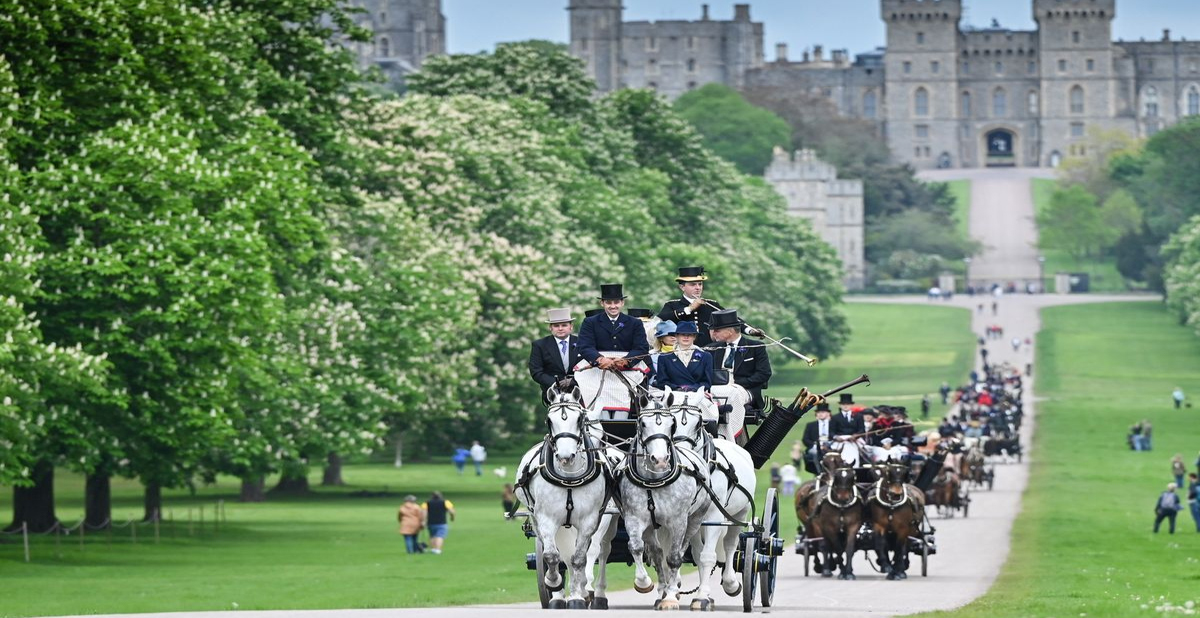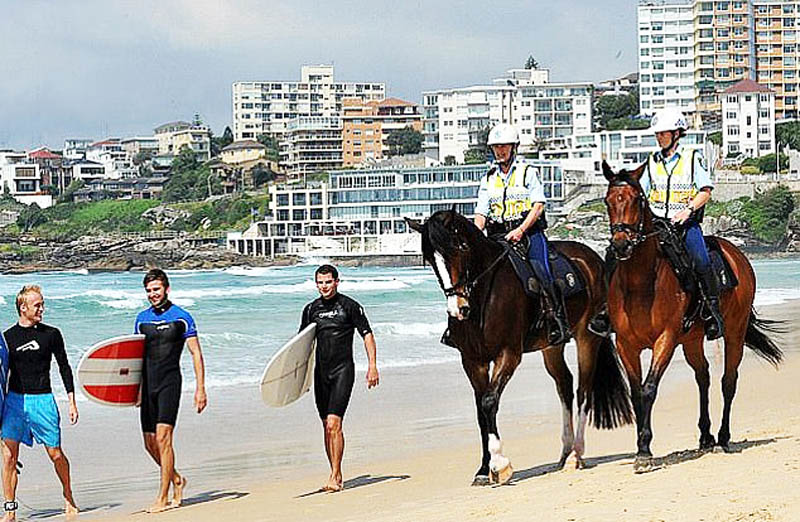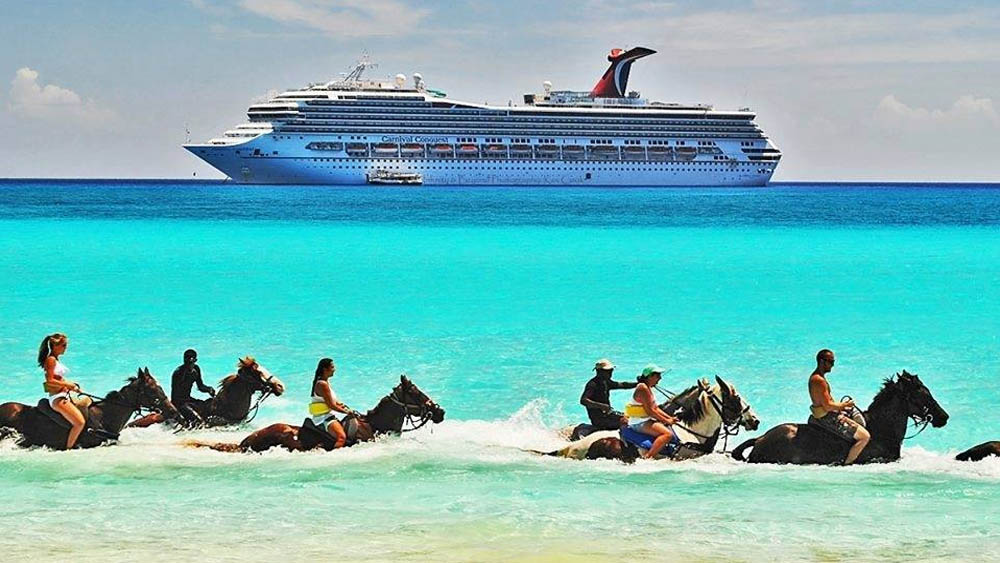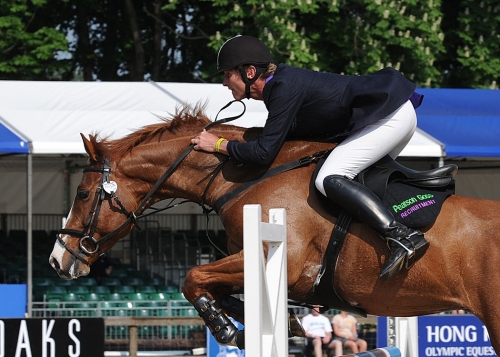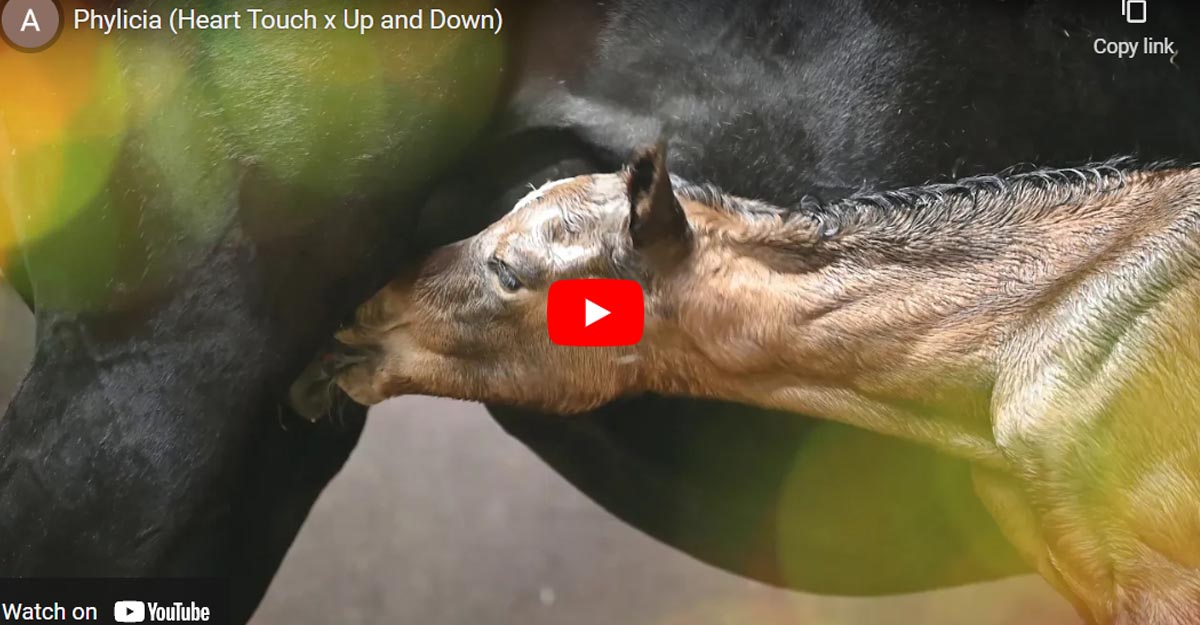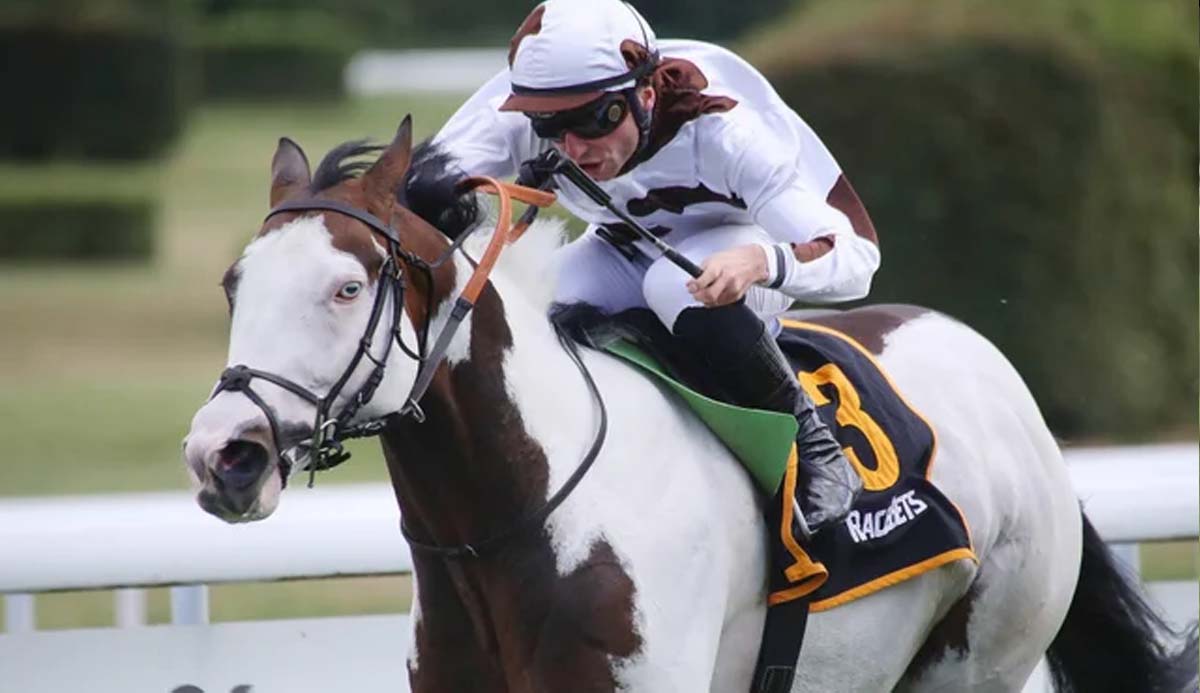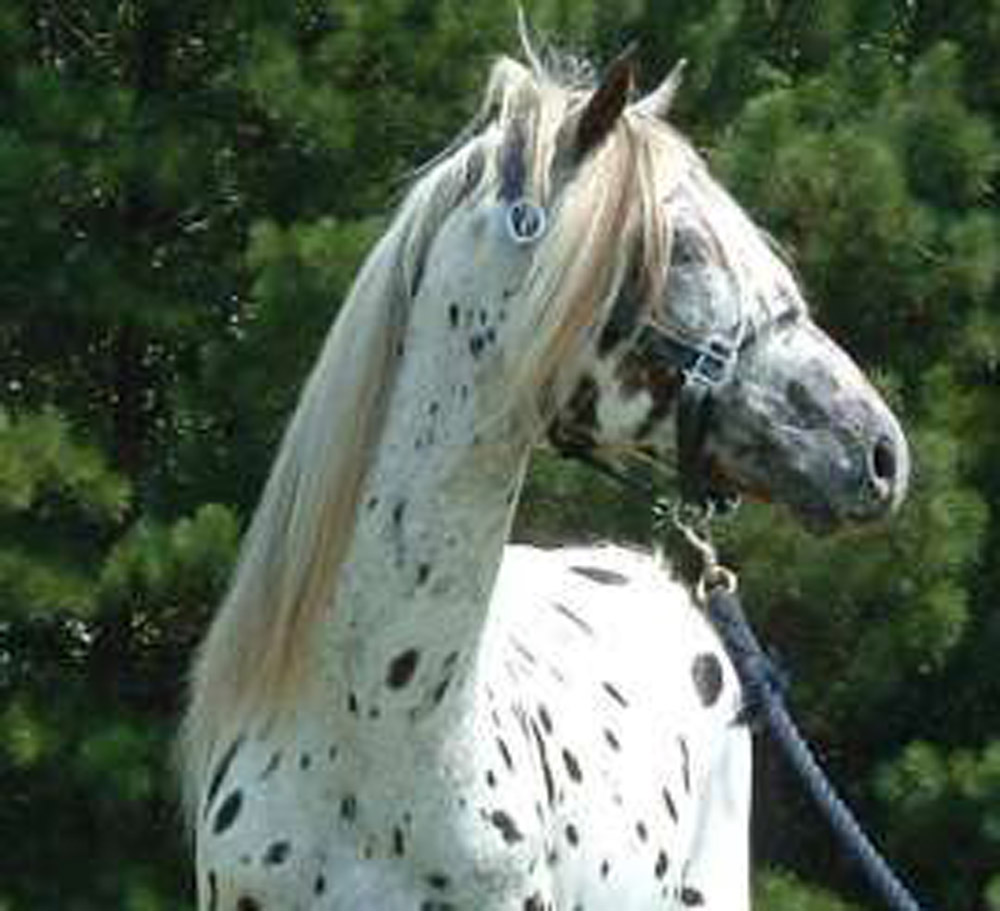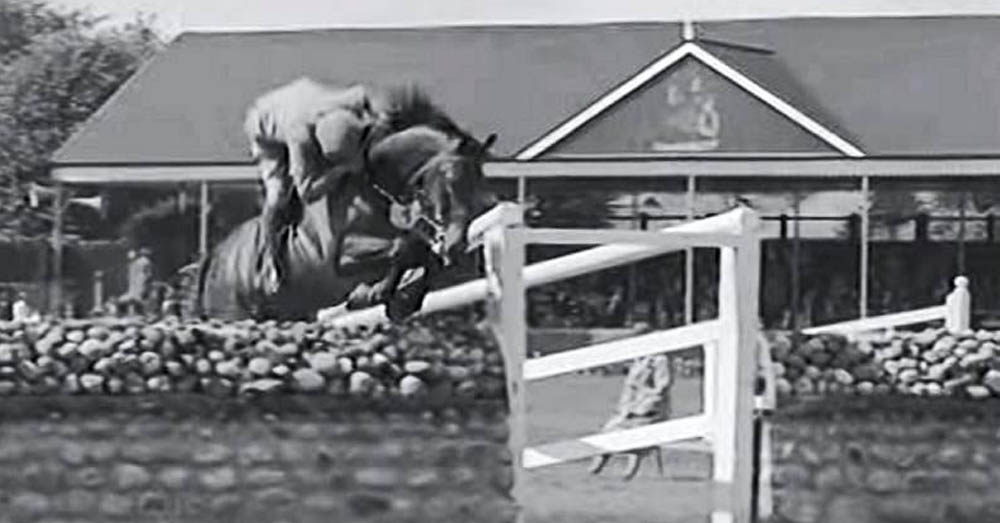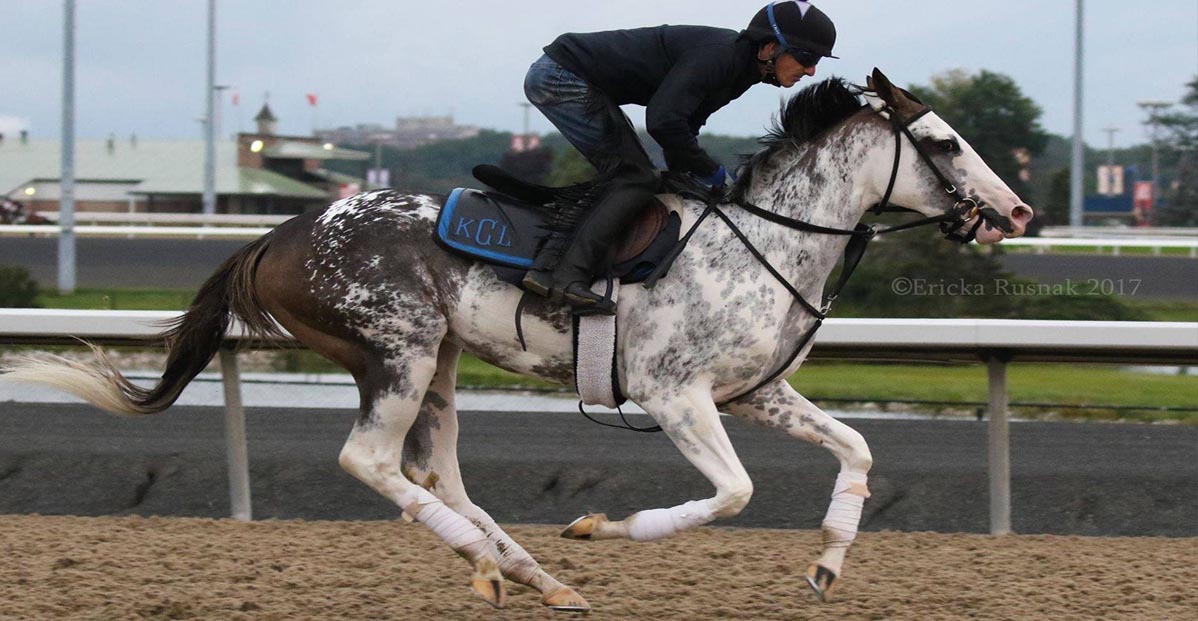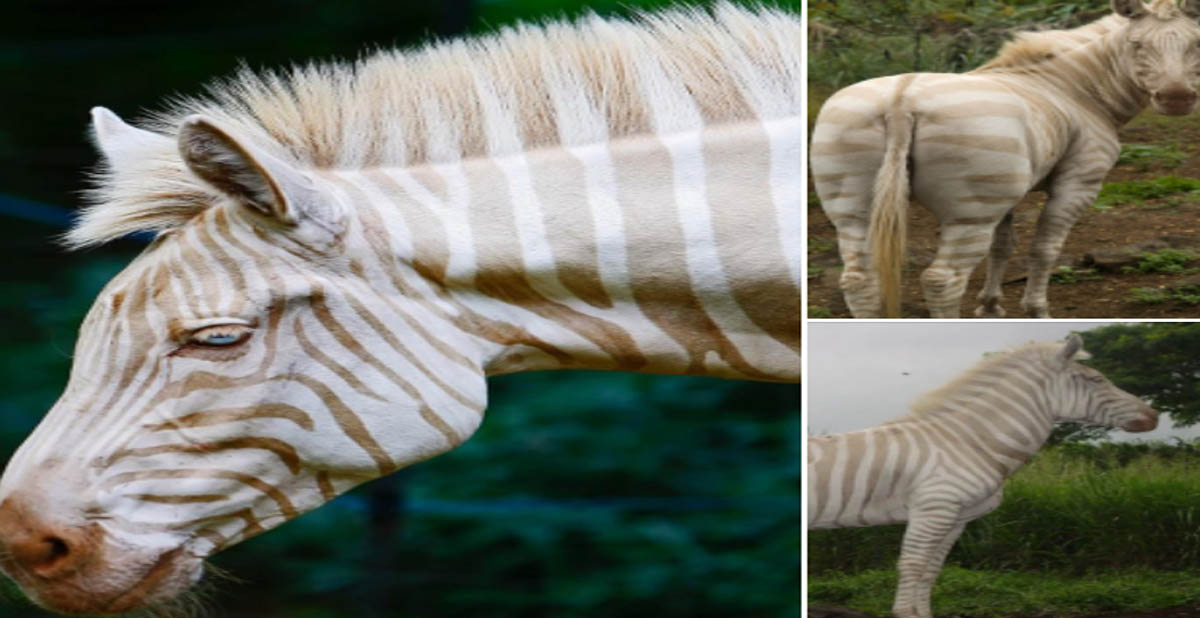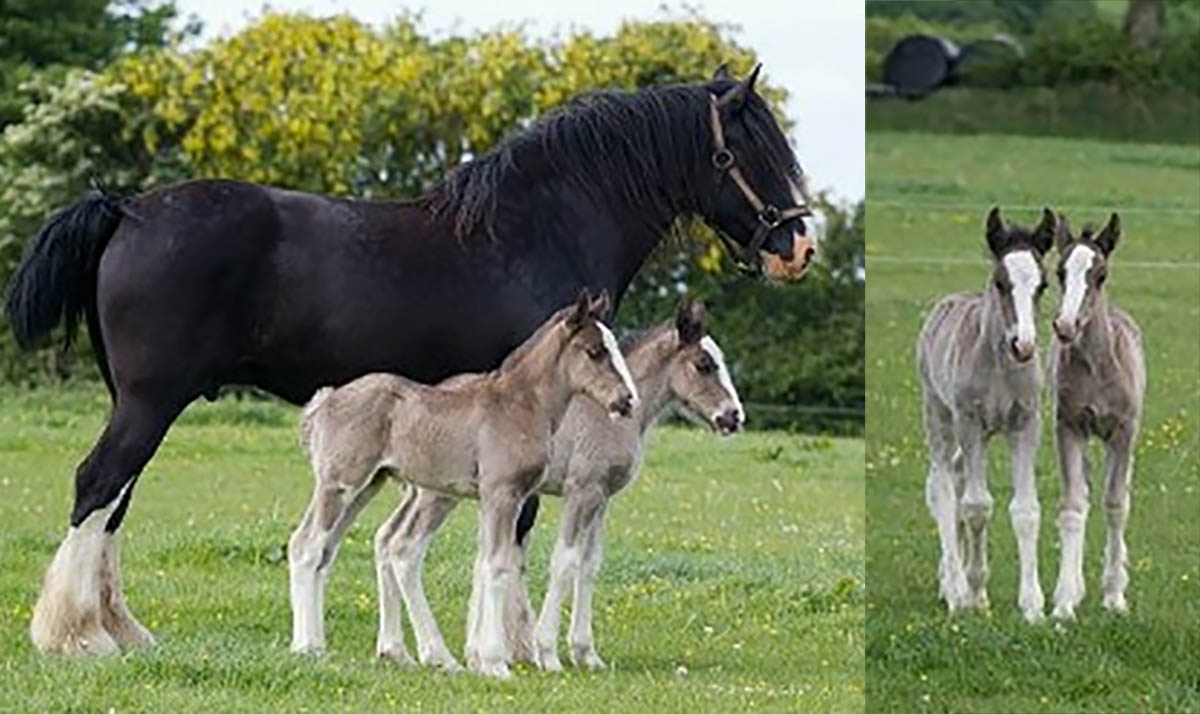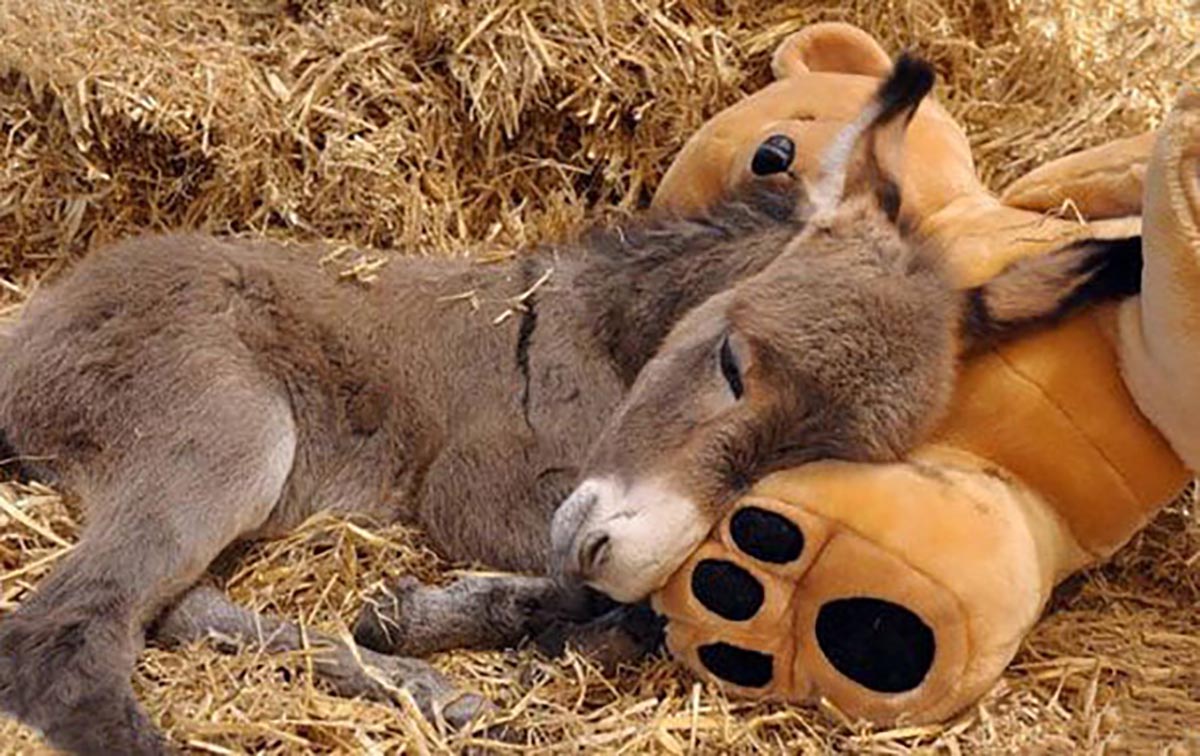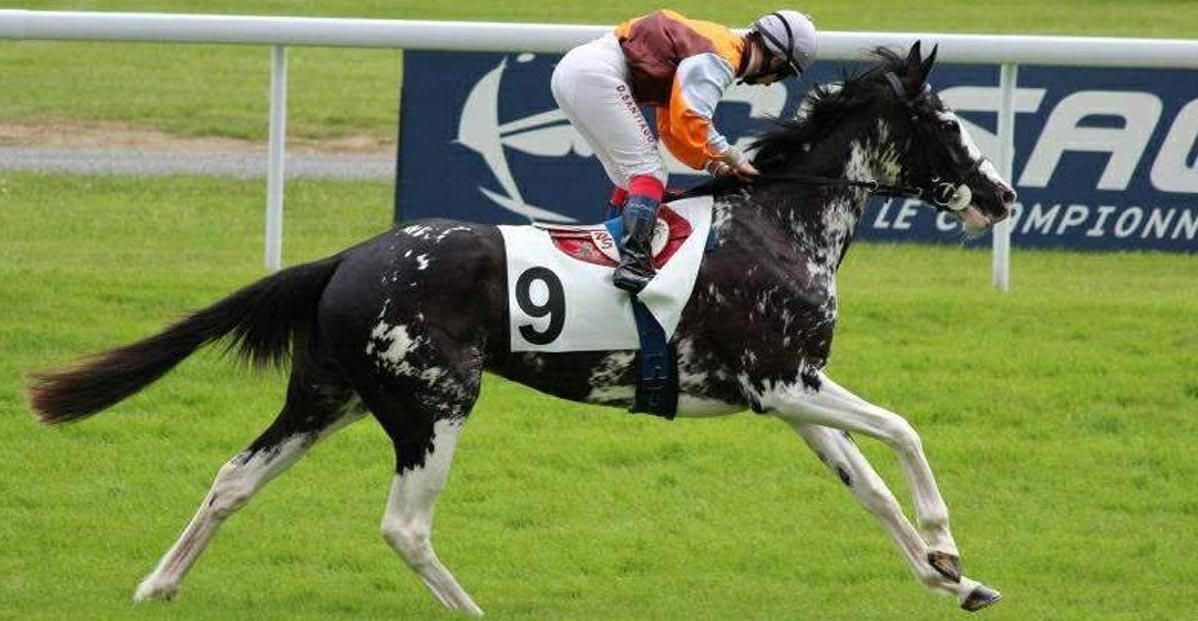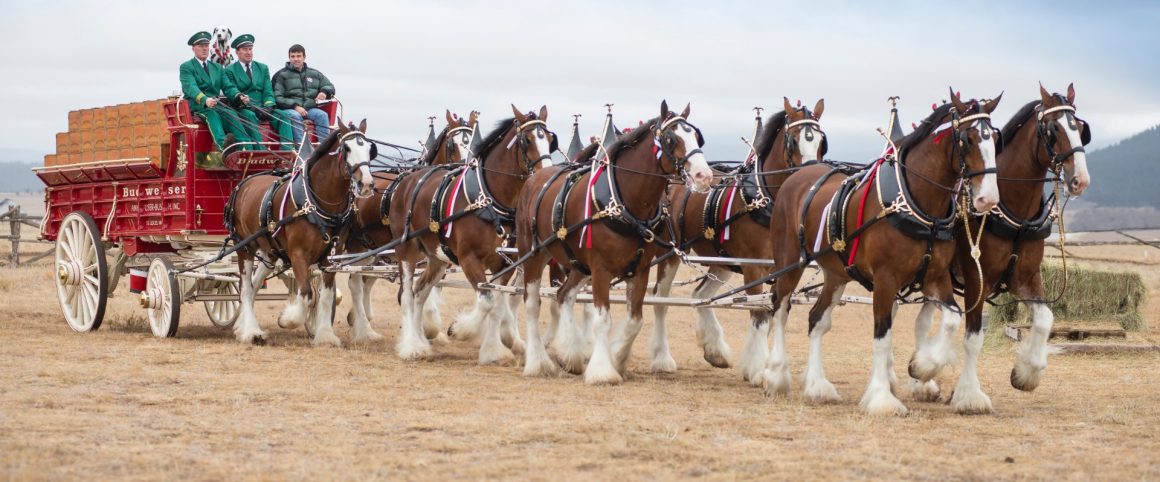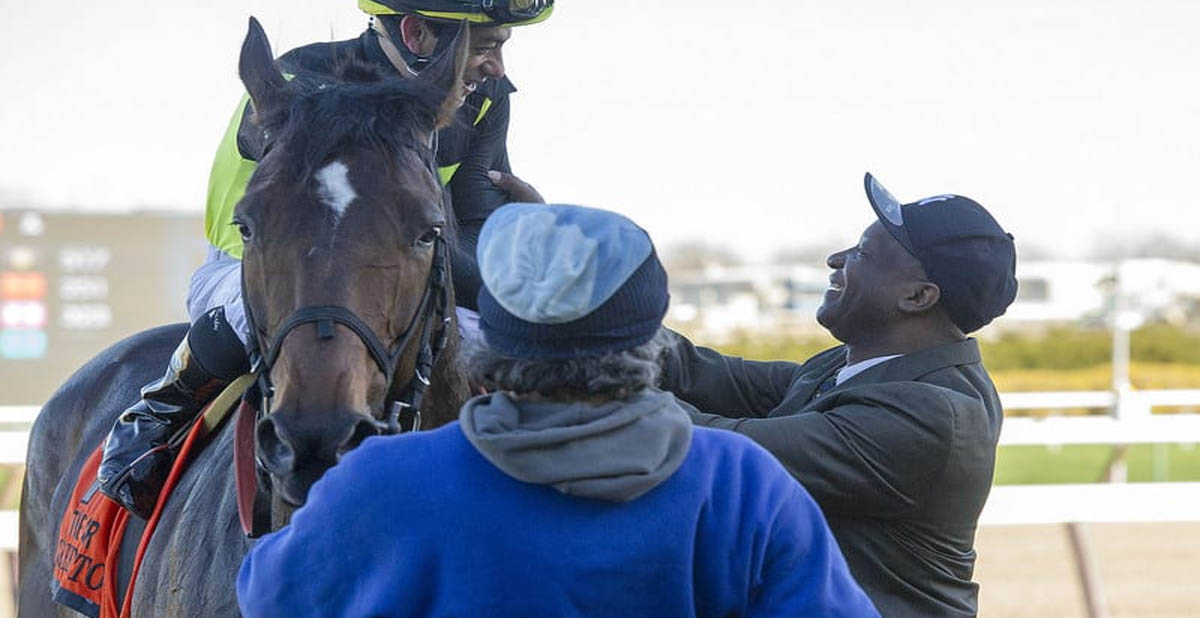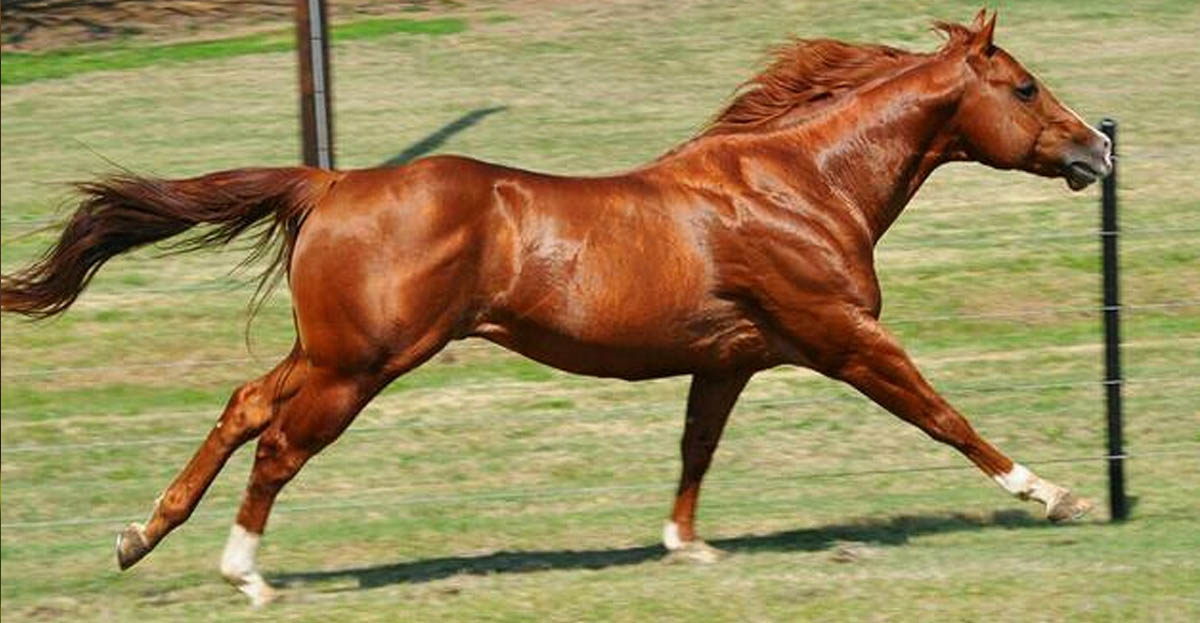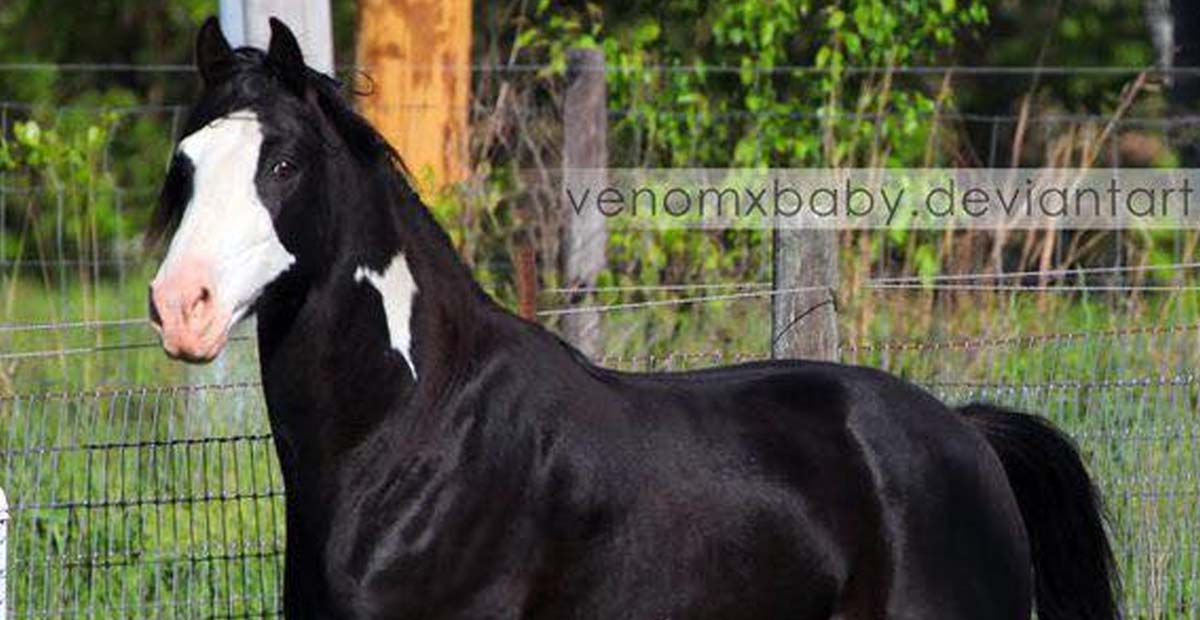Falabella Ponies
The origin of the Falabella horse is intimately linked to the origins of the horse
in Latin America. The Andalusian horses that the Spaniards brought with them
to accomplish the enormous task of the conquest--chosen for their rusticity
and resistance--, were later left to survive on their own due to unsuccessful
attempts to conquer the area`s human inhabitants.
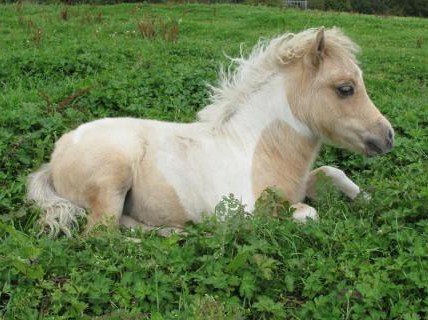
Wandering without destination over the vast plains ("pampas"), the surviving horses underwent by necessity a series of biological processes and structural changes in order to adapt to the new conditions, so different from those of their native land.
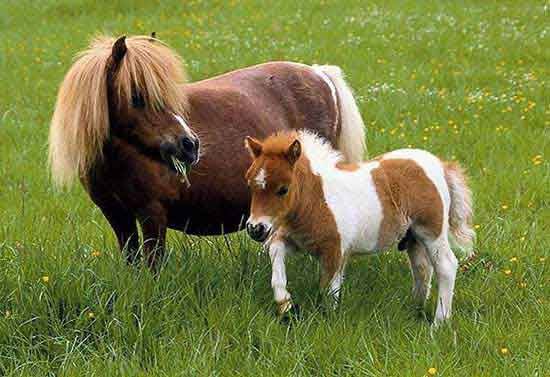
Given the strong sun, cold southwestern winds ("El Pampero"), fierce storms and aridity of the land, the horses were obliged to move great distances to find water and pasture, which gave them incomparable resistance; their keen instincts and ability to sense danger were sharpened by the persecution of the Indian or the puma.
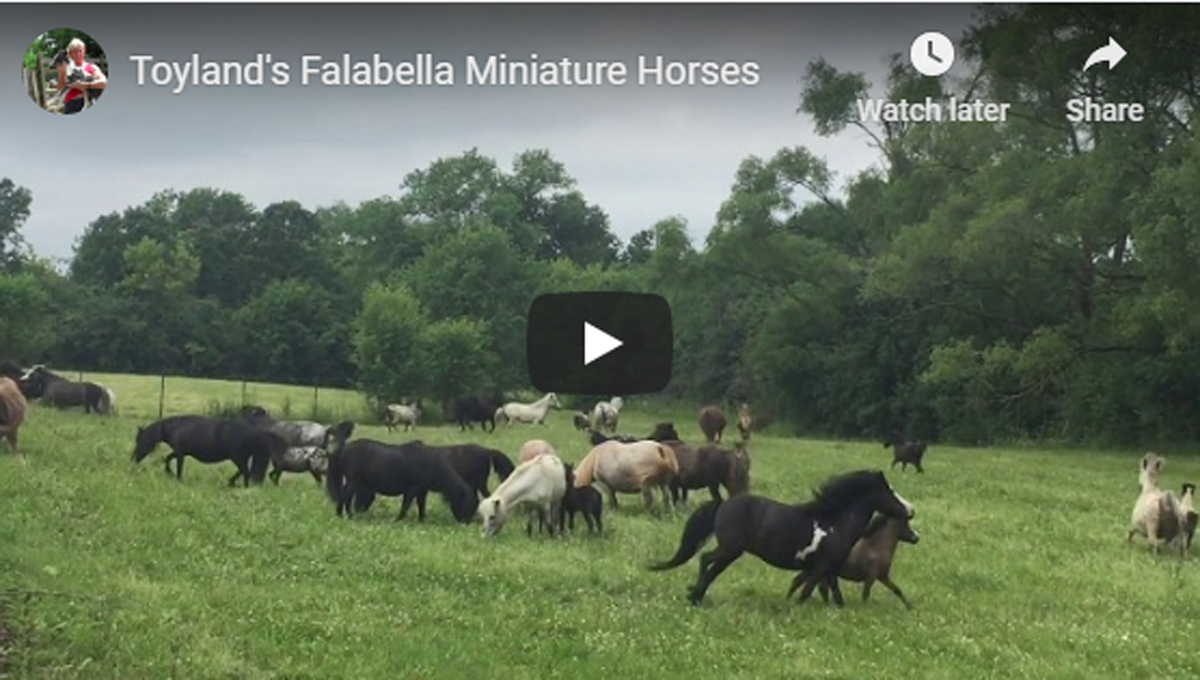
All these factors, along with continuous inbreeding and isolation, surely caused genetic mutations in successive generations, resulting in the kind of horse that the ancestors of the Falabella family are said to have seen for the first time before the mid-nineteenth century in the herds of Mapuche Indians of southern Buenos Aires province in Argentina.
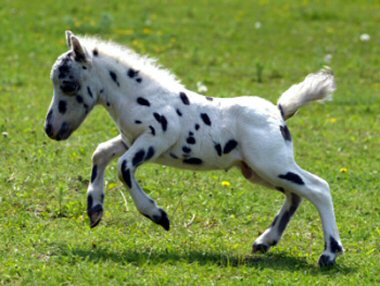
Having kept those horses in captivity, and after many years of cross- breeding and selection, the Falabella family achieved a herd of harmonious and well-structured horses less than 40 inches in height.
The Falabella family sought to improve the breed and refine the shape of the horse. To attain these goals, Falabella introduced specimens of Europeans breeds, Criollos and and their siblings. Successive generations of the Falabella family raised very small horses significantly more harmonious in form than their predecessors and reduced the height to the present standard of less than 30 inches.
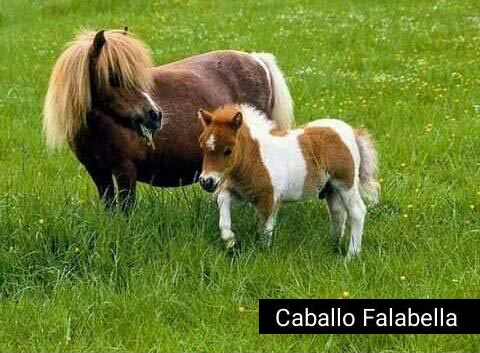
After 1940, a registry of birth and genealogical details for some of horses was started. Based on some older data available, it was possible to attain--by inference--genealogies up to approximately twenty years back. This primary Registry--not always methodical--was systematized in the mid-sixties, using classic genealogical techniques.
In 1980, Establecimientos Falabella decided to redesign the Registry, giving it its present form.
Average heights are approximately between 0.70-0.75 m (28-30 in.). These minihorses` proportions are in complete harmony. Smaller and bigger horses, although uncommon, are admitted if they are within the parameters of the breed.
There is a wide range of colors for the breed. Black or brown are the most common; pintos, bay and chestnut are among the very attractive combinations.
Falabella horses are normally sold after they reach the age of two, once their growing stage is completed. Since a Falabella horse`s life span is normally longer than that of an ordinary horse, you can also buy elder horses, even for reproduction.
Falabella horses eat the same feed as any ordinary horse, in proportion to their size.
Registered Falabella horses are sold complete (with their reproductive capability intact), unless otherwise specified, and they reproduce just like any ordinary horse (i.e., coupling, pregnancy terms, foaling).
Falabella horses are rapidly tamed, and may be fed and kept in relatively small spaces.
Falabella horses require no special treatment and may adapt to diverse weather conditions, even severe climates.


Wandering without destination over the vast plains ("pampas"), the surviving horses underwent by necessity a series of biological processes and structural changes in order to adapt to the new conditions, so different from those of their native land.

Given the strong sun, cold southwestern winds ("El Pampero"), fierce storms and aridity of the land, the horses were obliged to move great distances to find water and pasture, which gave them incomparable resistance; their keen instincts and ability to sense danger were sharpened by the persecution of the Indian or the puma.

All these factors, along with continuous inbreeding and isolation, surely caused genetic mutations in successive generations, resulting in the kind of horse that the ancestors of the Falabella family are said to have seen for the first time before the mid-nineteenth century in the herds of Mapuche Indians of southern Buenos Aires province in Argentina.

Having kept those horses in captivity, and after many years of cross- breeding and selection, the Falabella family achieved a herd of harmonious and well-structured horses less than 40 inches in height.
The Falabella family sought to improve the breed and refine the shape of the horse. To attain these goals, Falabella introduced specimens of Europeans breeds, Criollos and and their siblings. Successive generations of the Falabella family raised very small horses significantly more harmonious in form than their predecessors and reduced the height to the present standard of less than 30 inches.

After 1940, a registry of birth and genealogical details for some of horses was started. Based on some older data available, it was possible to attain--by inference--genealogies up to approximately twenty years back. This primary Registry--not always methodical--was systematized in the mid-sixties, using classic genealogical techniques.
In 1980, Establecimientos Falabella decided to redesign the Registry, giving it its present form.
Average heights are approximately between 0.70-0.75 m (28-30 in.). These minihorses` proportions are in complete harmony. Smaller and bigger horses, although uncommon, are admitted if they are within the parameters of the breed.
There is a wide range of colors for the breed. Black or brown are the most common; pintos, bay and chestnut are among the very attractive combinations.
Falabella horses are normally sold after they reach the age of two, once their growing stage is completed. Since a Falabella horse`s life span is normally longer than that of an ordinary horse, you can also buy elder horses, even for reproduction.
Falabella horses eat the same feed as any ordinary horse, in proportion to their size.
Registered Falabella horses are sold complete (with their reproductive capability intact), unless otherwise specified, and they reproduce just like any ordinary horse (i.e., coupling, pregnancy terms, foaling).
Falabella horses are rapidly tamed, and may be fed and kept in relatively small spaces.
Falabella horses require no special treatment and may adapt to diverse weather conditions, even severe climates.



